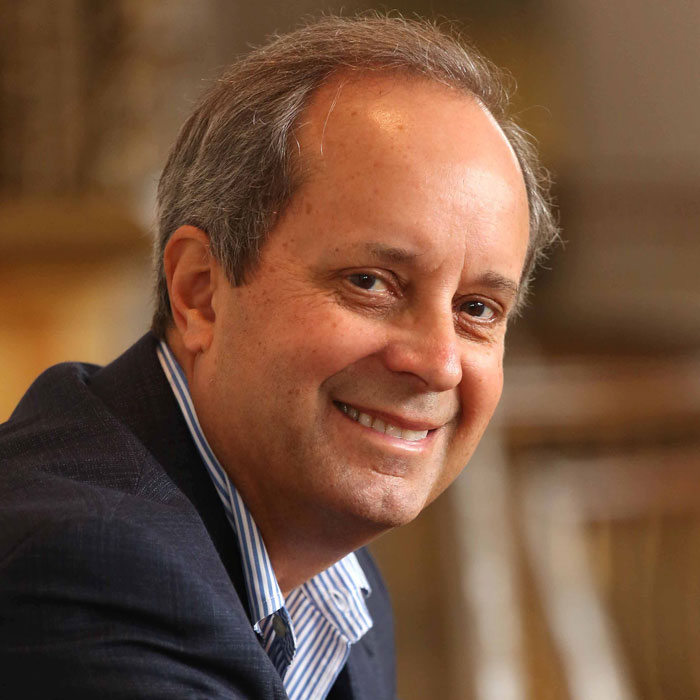Does Surge in Contributions to the Refugee Crisis Mean a Change in Strategy?
What will it take to get philanthropy involved in the refugee crisis? In a previous blog I wondered if the heart-rending picture of a three-year-old Syrian boy found dead on a Turkish beach would be the spark that inspired a global campaign. Stretching into its fifth year, the Syrian crisis has generated few contributions from […]
What will it take to get philanthropy involved in the refugee crisis? In a previous blog I wondered if the heart-rending picture of a three-year-old Syrian boy found dead on a Turkish beach would be the spark that inspired a global campaign. Stretching into its fifth year, the Syrian crisis has generated few contributions from American foundations and corporations.
Anne-Marie Grey knows something about this issue. She is the Executive Director and CEO at USA for UNCHR (the United Nations’ High Commissioner for Refugees) and her organization promotes public awareness and raises money for the UN’s Refugee Agency and associated agencies. Since August – and the picture of the little boy – she has seen contributions more than double and her organization is on a path to raising $20 to $30 million or more for calendar year 2015.
Why the sudden increase? Media coverage mostly, she surmised – first of the little boy, but then of the larger drama as thousands of refugees surged out of temporary camps and streamed into Europe. As media coverage about the European refugee crisis dominated the airwaves, employees of multi-national corporations with European facilities were in the vanguard of urging their employers to take action. Suddenly the media – and therefore the world – seemed to be sensitive to the plight of the refugees.
Grey told me that this increase in contributions from corporations broke a historical reluctance among corporations to get involved in man-made crises. Corporations tend to focus on natural disasters since they are easier to support and don’t involve making decisions about complicated political and policy issues. Although corporations have led the way in the increase in contributions, foundations are still making few donations.
So are we on the way to solving the money problem? Grey says this is a typical American donor question that suggests a “fixable” problem. The average refugee is now likely to spend 17 or more years in temporary surroundings. Donations that provide temporary housing and food won’t fix this problem. Increasingly, UNCHR is thinking long-term about issues such as education, jobs, life skills, sustainable energy sources and most of all restoring hope and dignity to refugees. The refugee crisis isn’t a short-term issue. It will take new strategies and new approaches – and as a result new ways of thinking about disaster philanthropy over an extended period of time.
What do you think? Are donors interested in taking the long view on their disaster philanthropy? You can write to me at bottenhoff@disasterphilanthropy.org.
If you’re interested in contributing , you can read about CDP’s Refugee Crisis Fund here.
More like this

